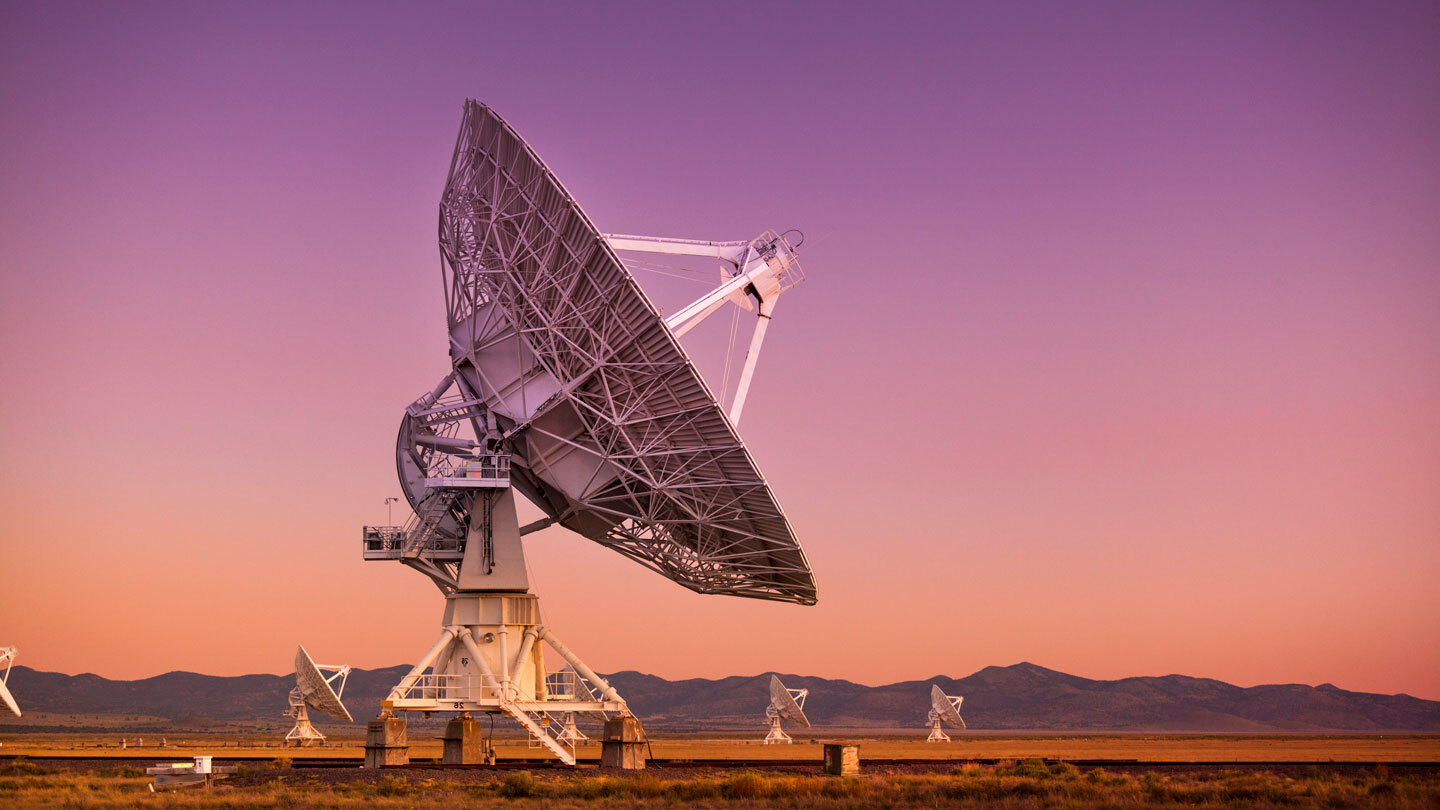
Radio waves are everywhere, but how much do you really know about them? These invisible waves are the backbone of modern communication, from your favorite radio station to Wi-Fi. Radio waves travel at the speed of light and can penetrate walls, making them incredibly useful. They were first discovered by Heinrich Hertz in the late 19th century. Today, they are used in various technologies, including GPS, television, and even space communication. Did you know that the longest radio wave can be as long as a football field? Or that the shortest can be smaller than a grain of rice? Let's dive into some intriguing facts about these fascinating waves.
Key Takeaways:
- Radio waves have the longest wavelengths in the electromagnetic spectrum and travel at the speed of light, making them ideal for communication and broadcasting.
- From predicting their existence to using them for space exploration, radio waves have a rich history and diverse applications in our daily lives.
What Are Radio Waves?
Radio waves are a type of electromagnetic radiation. They are used for communication, broadcasting, and many other applications. Here are some fascinating facts about radio waves.
-
Radio waves have the longest wavelengths in the electromagnetic spectrum. They can range from a few millimeters to over 100 kilometers.
-
They travel at the speed of light. This means they move at approximately 300,000 kilometers per second.
-
Radio waves can penetrate through various materials. This includes walls, making them ideal for indoor communication.
History of Radio Waves
The discovery and development of radio waves have a rich history. Let's explore some key moments.
-
James Clerk Maxwell predicted the existence of radio waves in 1864. He formulated the theory of electromagnetism, which laid the groundwork for their discovery.
-
Heinrich Hertz proved Maxwell's theory in 1887. Hertz demonstrated that radio waves could be generated and detected, confirming their existence.
-
Guglielmo Marconi developed the first practical radio communication system. In 1895, he successfully transmitted signals over long distances.
Uses of Radio Waves
Radio waves have a wide range of applications in our daily lives. Here are some of the most common uses.
-
They are used in broadcasting. Radio and television stations use them to transmit audio and video signals.
-
Radio waves enable wireless communication. This includes mobile phones, Wi-Fi, and Bluetooth devices.
-
They are essential for navigation. GPS systems rely on radio waves to determine locations.
How Radio Waves Work
Understanding how radio waves function can be quite intriguing. Here are some insights into their operation.
-
Radio waves are generated by oscillating electric charges. These charges create electromagnetic fields that propagate through space.
-
They can be modulated to carry information. Amplitude modulation (AM) and frequency modulation (FM) are common techniques.
-
Antennas are used to transmit and receive radio waves. They convert electrical signals into radio waves and vice versa.
Radio Waves in Space
Radio waves are not just limited to Earth. They play a crucial role in space exploration and astronomy.
-
Astronomers use radio waves to study celestial objects. Radio telescopes detect emissions from stars, galaxies, and other cosmic phenomena.
-
Radio waves help communicate with spacecraft. NASA and other space agencies use them to send commands and receive data from missions.
-
The Sun emits radio waves. Solar flares and other activities generate radio emissions that can affect communication on Earth.
Health and Safety
While radio waves are generally safe, there are some considerations regarding their impact on health.
-
Radio waves are non-ionizing radiation. This means they do not have enough energy to remove tightly bound electrons from atoms or molecules.
-
Exposure to high levels of radio waves can cause heating. This is why microwave ovens, which use radio waves, can cook food.
-
Regulatory bodies set exposure limits. Organizations like the FCC and WHO provide guidelines to ensure safety.
Fun Facts About Radio Waves
Let's end with some interesting tidbits about radio waves that you might not know.
- The first radio broadcast was in 1906. Reginald Fessenden transmitted a short program of music and speech on Christmas Eve.
The Power of Radio Waves
Radio waves are more than just invisible signals zipping through the air. They’ve revolutionized communication, entertainment, and even space exploration. From the first radio broadcast to modern Wi-Fi, these waves have shaped our world in countless ways. They help us stay connected, informed, and entertained.
Understanding radio waves gives us a glimpse into the science that powers our daily lives. Whether it's tuning into your favorite radio station or using GPS to find your way, radio waves are at the heart of it all.
Next time you use your phone or listen to music, remember the incredible technology behind it. Radio waves are a testament to human ingenuity and the endless possibilities of science. So, keep exploring and stay curious about the world around you.
Frequently Asked Questions
Was this page helpful?
Our commitment to delivering trustworthy and engaging content is at the heart of what we do. Each fact on our site is contributed by real users like you, bringing a wealth of diverse insights and information. To ensure the highest standards of accuracy and reliability, our dedicated editors meticulously review each submission. This process guarantees that the facts we share are not only fascinating but also credible. Trust in our commitment to quality and authenticity as you explore and learn with us.
